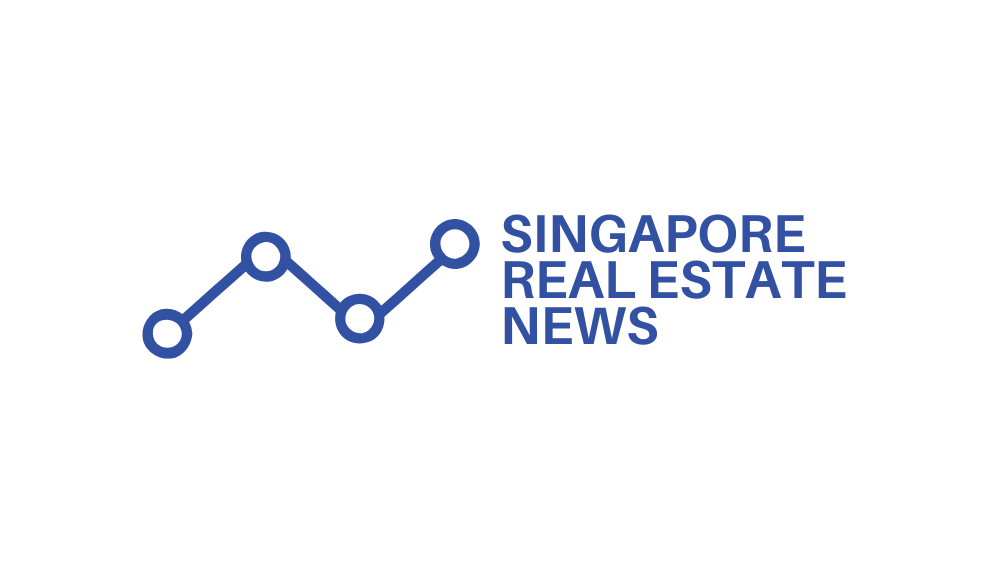While economic indicators across various sectors have shown mixed signals heading into 2025, luxury condominium markets in premier coastal locations have demonstrated remarkable resilience and growth, with sales volumes surging by an impressive 63.6% in the first quarter of the year. This substantial increase coincides with 17 individual transactions exceeding the $10 million threshold during the same period, establishing a notable benchmark for ultra-luxury residential property demand.
Miami’s luxury condominium sector recorded 364 closings in Q1 2025, representing modest yet significant increases of 2% year-over-year and 2.5% quarter-over-quarter. The median sales price reached $1.8 million, reflecting a 5.3% increase from Q4 2024’s figure of $1.71 million, though this represents a 4.7% decrease when compared to Q1 2024’s $1.88 million.
The median price per square foot in Miami’s luxury condominium market achieved $1,080, with properties remaining on market for an average of 82 days, slightly longer than the 79-day average recorded in Q1 2024. South Beach has emerged as a particularly robust market with 35% sales growth year-over-year, outpacing other neighborhoods in the region.
Market observers characterize the current environment as “flat-positive,” with transaction volumes indicating robust activity without overheating. Oahu’s luxury condominium segment parallels Miami’s performance, demonstrating particular strength in the $1 million to $2.5 million price bracket, where both sales volumes and pricing metrics exhibited year-over-year growth. Similar to Singapore’s luxury segment which is expected to appreciate by 6-8% in 2025, these coastal markets continue to attract premium buyers seeking exclusive waterfront properties. As detailed in the North American Luxury Market Report, these key metrics provide comprehensive data analysis for investors and industry professionals seeking to make informed decisions in the high-end real estate market.
Despite elevated inventory levels in both regions, demand has remained sufficiently strong to maintain stable pricing dynamics, with new luxury developments continuing to supplement the available supply in premium coastal markets.
The enduring appeal of next-generation amenities, expansive floor plans, and prime locations appears to offset potential headwinds from rising mortgage rates, increased HOA fees, and escalating insurance costs.
As the market approaches the traditionally active second quarter, industry analysts will closely monitor how macroeconomic factors—including administrative policies, global investment flows, and high-net-worth consumer sentiment—influence transaction volumes and pricing trends in these resilient luxury condominium markets, which continue to demonstrate their capacity to attract discerning buyers despite broader market uncertainties.





